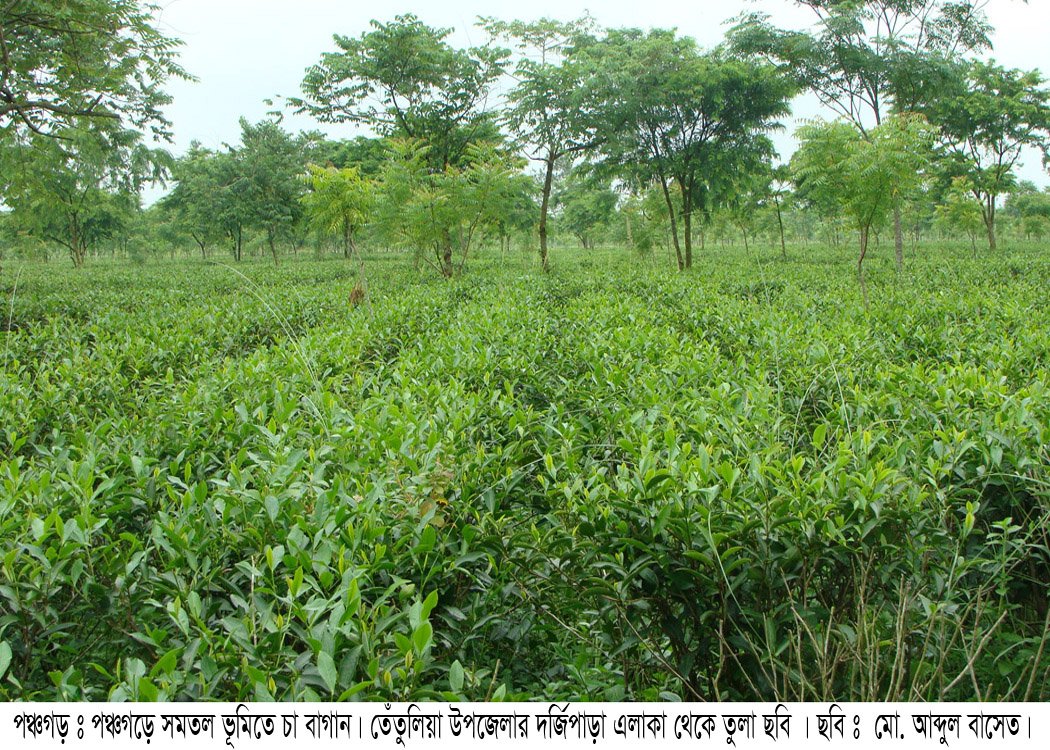Panchagarh tea farmers struggle to combat leaf blight

Tea farmers in Panchagarh and across five districts of the Rangpur Division are facing a severe fertiliser crisis due to the absence of official fertiliser allocation for the tea industry by the Department of Agricultural Extension (DAE). As a result, farmers are unable to apply fertiliser at the appropriate time, and the issue has been worsened by a recent outbreak of leaf blight and pest infestation in tea gardens.
Local farmers, such as Hafizur Rahman Khokon from Sahebjot village and Abdul Latif from Magura, have reported a sharp rise in production costs as they struggle to control pests like mosquito bugs, red mites, looper caterpillars, and current insects. Additionally, the spread of fungal infections has led to significant damage to tender shoots and leaves. Despite a promising harvest towards the end of the season, the lack of fertiliser has left farmers disheartened.
When approaching local agricultural offices, farmers were informed that there is no specific fertiliser allocation for the tea sector. The situation has left many growers frustrated and without viable options to sustain their tea production.
According to the Bangladesh Tea Board's regional office in Panchagarh, tea cultivation is currently spread over 12,10,660 acres of plain land in five northern districts: Panchagarh, Thakurgaon, Dinajpur, Nilphamari, and Lalmonirhat. Across Rangpur Division, there are nine registered tea estates, 21 unregistered gardens, and 8,067 small-scale tea gardens (1,745 of which are registered), covering 11,433.94 acres of land. The region has 58 approved tea factories, with 28 currently in operation. Last year, the plain-land tea sector produced 14.4 million kilograms of tea, and this year, output is expected to exceed 20 million kilograms.
Abdul Matin, Deputy Director of the Department of Agricultural Extension in Panchagarh, explained that fertiliser allocations are made solely for general agricultural crops. Since tea requires a significantly larger quantity of fertiliser per round of application and is classified as an industrial cash crop, its fertiliser allocations fall under the jurisdiction of the Ministry of Commerce or the Ministry of Industries. He emphasised that the Tea Board must formally request fertiliser on behalf of northern growers.
Arif Khan, Acting Officer of the Panchagarh Zone of the Bangladesh Tea Board, confirmed this, noting that while fertiliser is allocated to tea growers in Sylhet through their factories, the same mechanism is difficult to implement in the north due to the large number of small and unregistered growers. A requisition has been submitted to the Ministry of Industries via the Ministry of Commerce, requesting fertiliser allocation that can be distributed through registered dealers at fair prices.
Panchagarh Deputy Commissioner Md. Sabet Ali stated that previous irregularities involving tea farmers and factory owners have been addressed, leading to an improvement in the quality of locally produced tea and better prices at auction markets. The fertiliser shortage issue has already been brought to the attention of the Ministry of Commerce.



